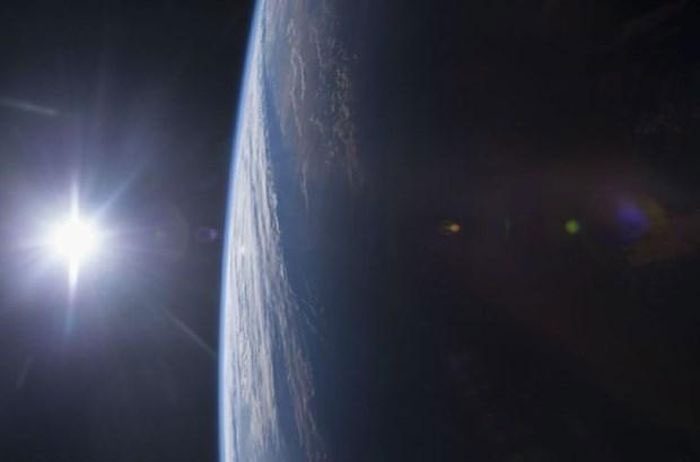NASA holds significant advantages in its vital role in the search for unidentified anomalous phenomena, particularly with its satellite capabilities and other technical assets.
On September 14, the National Aeronautics and Space Administration (NASA) officially announced its entry into the race to hunt for unidentified flying objects (UFOs), alongside appointing a head for its research program in this area.

NASA officially announces its entry into the hunt for unidentified flying objects (UFOs). (Source: Reuters).
In a 33-page report produced by an independent working group of 16 researchers, NASA concluded that the search for unidentified anomalous phenomena (UAP) requires a rigorous and evidence-based approach.
NASA possesses numerous advantages that allow it to play a crucial role in this field, particularly its satellite capabilities and other technical assets.
However, the agency emphasized that any findings potentially originating from beyond Earth must be “the last hypothesis, only to be proposed after excluding all other possibilities.”
NASA Administrator Bill Nelson highlighted that NASA’s essence is exploration and seeking answers about everything around us, and he wants to steer the discussion on UAP towards a scientific perspective rather than sensationalism.
On the same day, NASA appointed Mark McInerney as the director of the UAP research program.
McInerney has held positions within the U.S. government since 1996 and will serve as the liaison between NASA and the Pentagon on UAP matters.
Despite NASA’s long history of space exploration, the increasing search, identification, and origin of unidentified flying objects on Earth present unprecedented challenges.
Military and civilian pilots have frequently reported strange phenomena, but the prevalence of movies and science fiction literature on this topic over the decades has led many to believe these are merely products of imagination.
Last May, a report listed over 800 incidents recorded over the past 27 years, with approximately 2-5% of those believed to potentially exhibit anomalous phenomena or objects.
Research team member Nadia Drake stated that these objects and phenomena are “things that sensors or operators cannot comprehend.”


















































